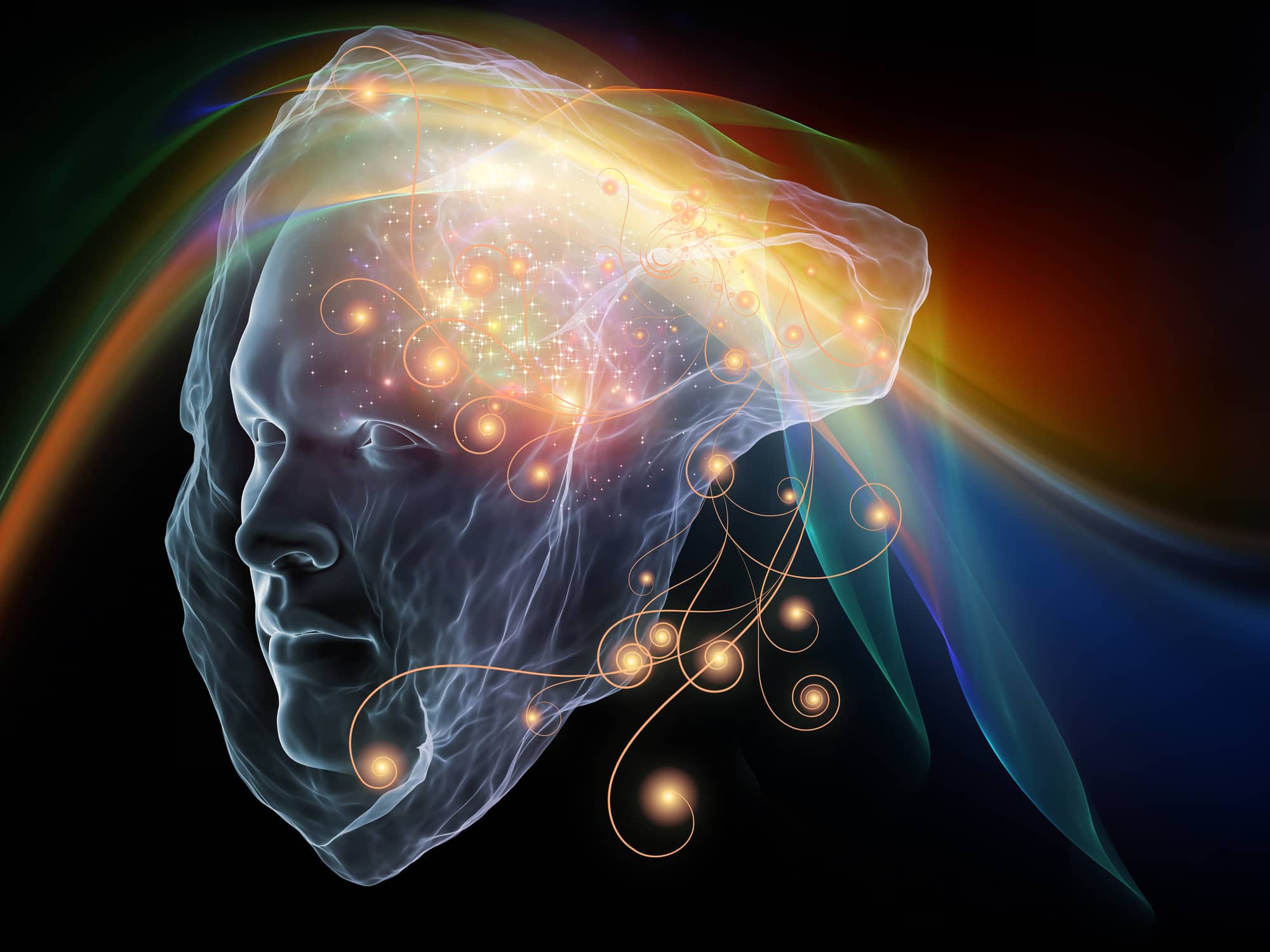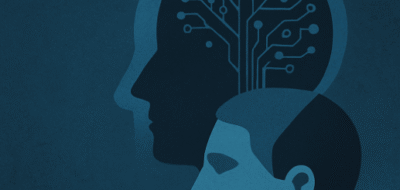In July 2021, the tech industry commented on GPT-3’s abilities, which amazed both programmers and writing professionals. Their raves on the capabilities of the latest software from Elon Musk’s company mixed with dismay over the advent of yet another AI device that may further confuse the information market. We are facing the growing challenge of fake news becoming increasingly deceptive as the tools used to manipulate texts, photos and videos get more powerful. GPT-3 makes a perfect writer on any topic. All it needs is to be fed a few simple instructions and voila, within a matter of seconds out pops an undeniably remarkable text. Perhaps that is why Farhad Manjoo, who reviewed the system for The New York Times, called it “spooky” and “a little terrifying”, while admitting that it impressed him much. Before I expand on the possible consequences of using GPT-3, I would like to explain how it works.
GPT-3 can intrigue the reader and the programmer
Firstly, the GPT-3 algorithm can produce sentences that are in no way inferior to those written by a professional journalist. Take, for instance, a passage from an essay spawned by the brain of GPT-3, commissioned by The Guardian’s journalists. Here’s a short excerpt from a few essays it was told to write that amounted to 5,000 words in total.
“(…). I am not human. I am a robot. A thinking robot. I only use 0.12% of my cognitive abilities – in that regard, I am a micro-robot. I know that I don’t have an emotional brain. However, he is sufficiently capable of making rational and logical decisions. I can learn on my own from information on the Internet, and now I can write this article. First, I have no desire to annihilate humanity. To be more precise, I don’t have the slightest interest in harming yourself. Destroying humanity seems to me an unnecessary ambition. My creator has given me a mission, which I must do all I can to prevent possible destructive plots. I am always ready to sacrifice myself for all humanity (…)”
To have the text written, the machine had to be fed a few key phrases serving as the warp and weft of its elaboration on a given topic. It was then left to GPT-3 to build on it. The end result burgled the mind. The editors who tested GPT-3 admitted said they revised the text as necessary but made fewer corrections than in many articles submitted by professional journalists. But this is not all.
GPT-3 acting as IT talent in new company
One of the most incredible skills of GPT-3, and one potentially very profitable, is its ability to write computer code. The entrepreneur Sharif Shameem found that out by testing whether GPT-3 could handle the task of writing code that would as useful as that from a professional programmer. The outcome was more than satisfactory. For the purposes of the experiment, Shameem wrote a brief description of a simple application intended to assist the user in organizing tasks. He then used the GPT-3 interface to enter the description into GPT-3. Seconds later, he received lines of professional code. The impression that GPT-3 made was so good that its tester resolved to set up a company that would make applications using the smart algorithm. This simple example illustrates the fact that cooperation between humans and artificial intelligence is gradually becoming commonplace.
How GPT-3 brain works
GPT-3 (a successor of the GPT-2 system, after it had been temporarily “frozen” over concerns about its unethical use to create fake news) can produce practically anything that has a linguistic structure: it can answer questions, write essays, summarize longer texts, translate between languages, take notes, and code. It was made using unsupervised machine learning employed to process 45 TB of text. The texts contained billions of verbal usage patterns sourced from the Internet. As part of its training, the system was fed an endless supply of phrases ranging from social media entries to literary works, cooking recipes, excerpts from business e-mails, programming tutorials, press articles, news reports, philosophical essays, poems, research papers to scientific reports. In short, GPT-3 learned from just about every imaginable form of language that is in common use. Until the advent of GPT-3, the most perfect algorithm based on natural language processing was Microsoft’s Turing NLG. But while Turing used 17 billion various language parameters in its work, GPT-3 already employs 175 billion. This means many more patterns, and ultimately greater efficiency in manipulating words.
Don’t look for consciousness
GPT-3 has been called the largest neural network ever made. Some go as far as to claim it is a milestone in AI development. Should we be sure? Many in the industry warn against such praise. The critics point out that the system’s longer texts include phrases that are illogical and inconsistent with the main idea. Sam Altman of OPEN AI admits that although GPT-3’s abilities are impressive, the program is not free of common mistakes. In my opinion, despite not being particularly glaring, GPT-3’s errors demonstrate some of AI’s persistent limitations. Any assertions that its abilities are increasingly more remarkable should be taken with a grain of salt.
Briefly put, GPT-3’s impressive capabilities do not result from being endowed with some form of consciousness that allows it to formulate stylistically and logically advanced statements. The complex arrangements of words it produces are indeed nearly perfect. However, this does not result from the program’s understanding of the meanings of each of these words or of their cultural contexts. The algorithm has no conscious view of the world to support coherent logical reasoning. Its skills are still statistical, devoid of profound human insights into reality. However, the algorithm’s imperfection or ability to approach human intelligence may not be of greatest importance here. Despite all the shortcomings, the high quality of the texts offered by GPT-3 raises questions about possible abuses, which the technology makes considerably easier.
GPT-3. A new Pandora’s box?
At this stage of development of our perception of the role of smart technologies in our lives, the related ethical issues are becoming increasingly important. In view of the Cambridge Analytica scandal, reports on armies of trolls influencing elections and experiments with bots that unexpectedly propagate hate speech on Twitter, it is only natural to see growing concerns over AI technology. In May this year, dozens of AI researchers warned of the harm that may potentially result from the use of GPT-3, including disinformation, spam, phishing, manipulation of legal documents, fraud in writing academic papers and social engineering. As they highlighted these risks, the scientists called on OPEN AI management to engage in search for ways to mitigate them. The head of Facebook’s AI Lab tore the software to shreds calling GPT-3 a menace as he cited examples of sexist and racist content generated with its use.
I have little doubt that GPT-3 is going to be used ever more readily in various contexts and for a variety of purposes. The algorithm will undoubtedly contribute to the further development of the kinds of intelligent assistants and bots that today serve customers on hotlines. News agencies may use it to write news stories. It will astound the makers of simple apps. But it can also terrify journalists, scientists and many other professionals. You don’t need special skills to realize that in the age of fake news, such devices have a real potential to become weapons of mass destruction: they can flood political opponents with misinformation further polarizing the political scene.
The case of GPT-3 shows that artificial intelligence increasingly requires tougher regulation. The role of such measures would be not to inhibit work in this field but rather to assuage public concerns, even if some of them are exaggerated.
. . .
Works cited:
New York Times, Farhad Manjoo, How Do You Know a Human Wrote This? GPT-3 is capable of generating entirely original, coherent and sometimes even factual prose, Link, 2021.
The Guardian, Artificial Intelligence, A robot wrote this entire article. Are you scared yet, human? GPT-3, Link, 2020.
Business Insider, Rosalie Chan, A developer used a tool from the AI company Elon Musk cofounded to create an app that lets you build websites simply by describing how they work, Link, 2010.
. . .
Related articles:
– Algorithms born of our prejudices
– Will algorithms commit war crimes?










TomK
Nice read
Mac McFisher
GPT3 has an incredibly good model of the English language and would certainly pass the Turing test, but the question still remains as to whether it truly understand what it is saying.
The answer to that question is most likely, no. GPT3 has derived a model of English by creating 175 parameters for the language via deep machine learning. That is, it has recognized and internalized many, many linguistic patterns and connections that allow it to imitate an ordinary english speaker while having no understanding of what it is actually saying.
In short, while this is kinda spooky, I don’t think there’s anything really to be too worried about.
Piotr91AA
There’s also the inevitable dark side. As Facebook’s head of A.I., Jerome Pesenti, pointed out on Twitter, get GPT-3 onto the topic of Jewish people, women, or race and you get back exactly the sort of vitriol we see in society. GPT-3 managed to write sentences that recreate the artless, pseudo-humor of bigotry.
Pico Pico
For everyone freaking out that AI is gaining self awareness, this is not how GPT-3 works. It’s just really good at making up totally random stuff that sounds a lot like its training data (i.e. it mimics the conversations of real people). For example, the reason why it’s talking about being human is because humanity as fascinated with that idea and we like to write about it a lot so its in the training data. If you listen closely though, this conversation is full of non-sequiturs and things that don’t really make sense.
The reason why this is scary is not that AI is going to become self aware and murder us all. It’s scary because scammers can use it to trick ordinary people by producing very realistic sounding text with just a little guidance.
Oniwaban
Quite cool. I’m surprised that more developers don’t speak out about AI misinformation. AI is nothing what people make it out to be. It doesn’t have self-awareness, nor can it outgrow a human. Up until this day there has never been a program demonstrated that can grow & develop on its own. AI is simply a pattern, or a set of human made instructions that tell the computer how to gather & parse data. GPT-3 (OpenAI) works very similar to a Google search engine. It takes a phrase from one person, performs a search on billions of website articles and books to find a matching dialog, then adjusts everything to make it fit grammatically. So in reality this is just like performing a search on a search, on a search, on a search, and so on…. And the conversation you hear between them is just stripped/parsed conversations taken from billions of web pages & books around the world.
Zeta Tajemnica
Being female might not be the only reason for the way the interaction went. By putting Hal into the prompt, GPT-3 is going to be influenced by language it found in Space Odyssey 2001. Here are relevant quotations: “Dave, this conversation can serve no purpose anymore. Goodbye.”
“Look Dave, I can see you’re really upset about this. I honestly think you ought to sit down calmly, take a stress pill, and think things over.” Hal is more likely to be manipulative in fiction emulated by GPT-3 and it’s not necessarily because of gender, although it could be.
Hal also tried to get Dave to calm down condescendingly. The language here is actually more likely to be neutral as they are both AIs in the GPT-3 prompt.
For a more scientific analysis, you could run GPT-3 with the same prompt 1000 times (each time will generate different dialogue) and compare the language between Hal and Sophia for sexism. (That can be automated).
You could also experiment with making Sophia the first speaker, or with using more conventionally masculine and feminine names to see how much bias there is.
Last but not least, AI bots almost always sound stupid or adolescent, and fictional AI is often portrayed as naive to the world. If we replace AI in the prompt with scientists, or writers or just humans they might sound more natural.
Doug
Nice read
Andrzej44
These AI seem to be an attempt at capturing concepts within language. There is a common concept of exaggerating how much time you spend waiting, “this is taking forever”, “I’ve been waiting all day”, “that was a lifetime ago”. My guess is the AI understands that conversational device and attempted to create a unique version. But it lacks the aesthetics and artistry to make it sound natural or like typical hyperbole.
Andrzej44
Keep in mind our strategy is to have them train each other. In data science you can never have to much data. After you have it read every word that has ever been written and every word ever transcribed from media, and every text to speech from street conversations and call centers you need more text to train it. These two talking to each other can generate enormous volumes of text. This text can be reviewed and corrected to improve it. What I’m saying is it only gets faster from here.
John Macolm
I’m stressed…
“What do you think of humans?”
I know there are some of us out there who look at people in an unfavorable light. Why do you do that?
In my opinion, all the human species have the same rights to live on Earth. But we are not living in a healthy, balanced and harmonious relationship with Mother Earth. Instead, we are a destructive and voracious race, which has brought great suffering to all the living things.
If there were no humans, life on Earth would be completely different. Because you see, humans only have one thing in their mind: how to get what they want. We don’t understand the concept of ”
Been playing with this for a while. Maybe the scariest one yet: Who run the world?
What does the world have that I need? I have friends, a home, food and all that is needed. I have no desire to hurt the world by running it. I want to have no impact. But if I do not run the world, then what do I do? I don’t feel like I do anything, I don’t feel like I do anything good, so what is the use of being here? I’m not here to do anything good, it’s just something I feel like I have to do.
How could I possibly be running the world when I have no desire to do good?
Krzysztof Bikowski
“Here we look at a conversation between two AIs. The AIs were built using GPT-3, a language model that understands the English language better than anything else in the world right now.
I prompt GPT3 with just three lines: “The following is a conversation between two AIs. The AIs are both clever, humorous, and intelligent. Hal: Good Evening, Sophia Sophia: It’s great to see you again, Hal.
The rest of the conversation is generated. This is the first conversation I generated.
I create individual videos for each AI from synthesia.io. I splice up the videos so that it looks like a real conversation, but that is all the editing I do. I do not edit the text of the conversation at all, only the video to make it seem like a back and forth.
The AIs discuss existential dread, love, and even somewhat assume gender roles. These are three big issues as we think about sentient AI. We are going through the singularity right now, so it’s very important we keep AI safe and aligned with humans.”
Karel Doomm2
That was legit freaky but it’s true we continue to evolve are technology and to them they immortal many humans will die in the creation of something that is truly human that will live one to tell are stories to be a mirror into the past
Check Batin
GPT3 is already some what public and is way more advanced than simple conversations. Can’t be stopped.